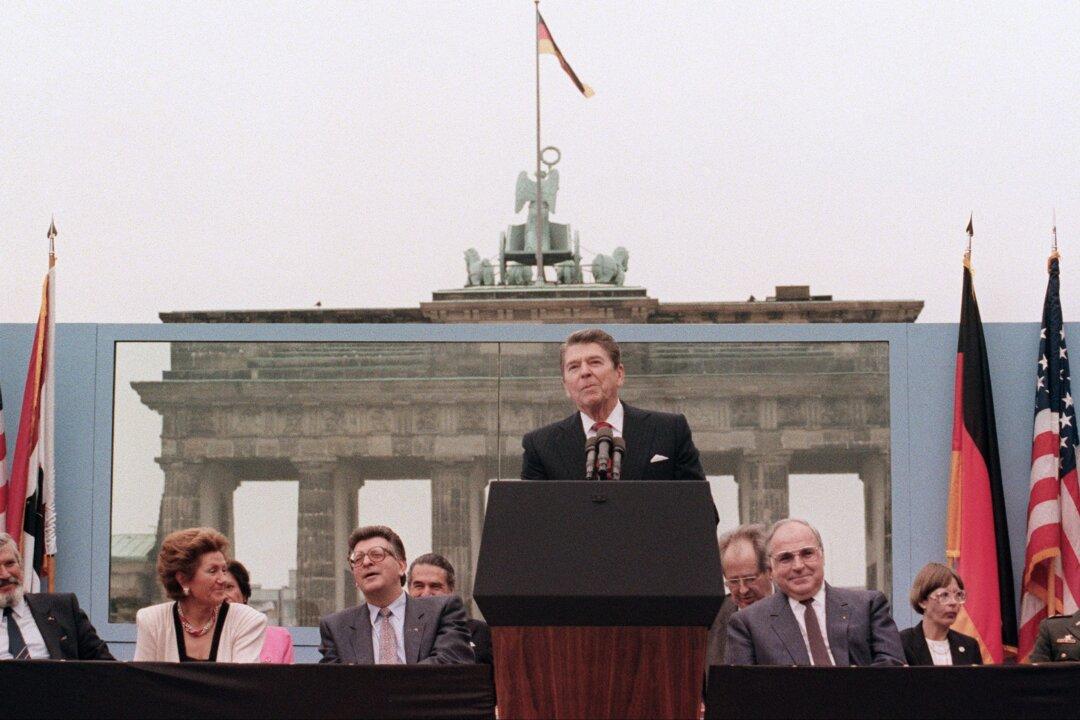Liberty is a delicate idea and institution. While people say they want freedom, will fight under the banner of freedom, and sometimes even die for its preservation and advancement, determining what it actually means to be free and to live in a free society seems elusive and controversial.
What it means for a society to be free is, perhaps, easier to have a sense of when such a society is confronted with its clear opposite: tyranny. This was especially the case in the 1930s, when freedom faced a mortal challenge with the rise of totalitarianism in the various forms of Soviet communism, Italian fascism, and German National Socialism (Nazism).
Totalitarianism Means the Individual Gets Lost in the Collective
Whether the totalitarian banners had written on them a call to class warfare (communism) or national conflicts (fascism) or racial wars (Nazism), all of them insisted on the end to individual liberty. The individual had neither rights nor areas of life outside of the control of the totalitarian state. The interests of the proletarian class, or the nation-state, or the “master race” came before the individual human being.
How and where you lived; what you worked at and the pay and benefits you might receive; the people with whom you could or had to associate; the books or newspapers you might read, or the music you could listen to, or the plays you could watch; the places to which you could go for any reason; and the quality and prospects of life—all these and many other aspects of everyday life were determined by the totalitarian state in which some people due to birth or circumstances found themselves living, and from which escape was often impossible without serious risk to one’s own life.
The Soviet, fascist, and Nazi systems all were ruled by dictators—Joseph Stalin in Soviet Russia, Benito Mussolini in fascist Italy, and Adolf Hitler in Nazi Germany—who insisted they ruled in the name of and spoke for the people, the nation, or the race. The role of the individual was to obey and sacrifice for the collective good.
Below the dictators were tightly woven layers of the respective party structures of the Soviet, fascist, and Nazi regimes. Through them, everything and everyone were controlled in the societies over which they ruled. And each had its own secret police, with a knock on anyone’s door by its agents meaning arrest, interrogation, torture, imprisonment, and death.



